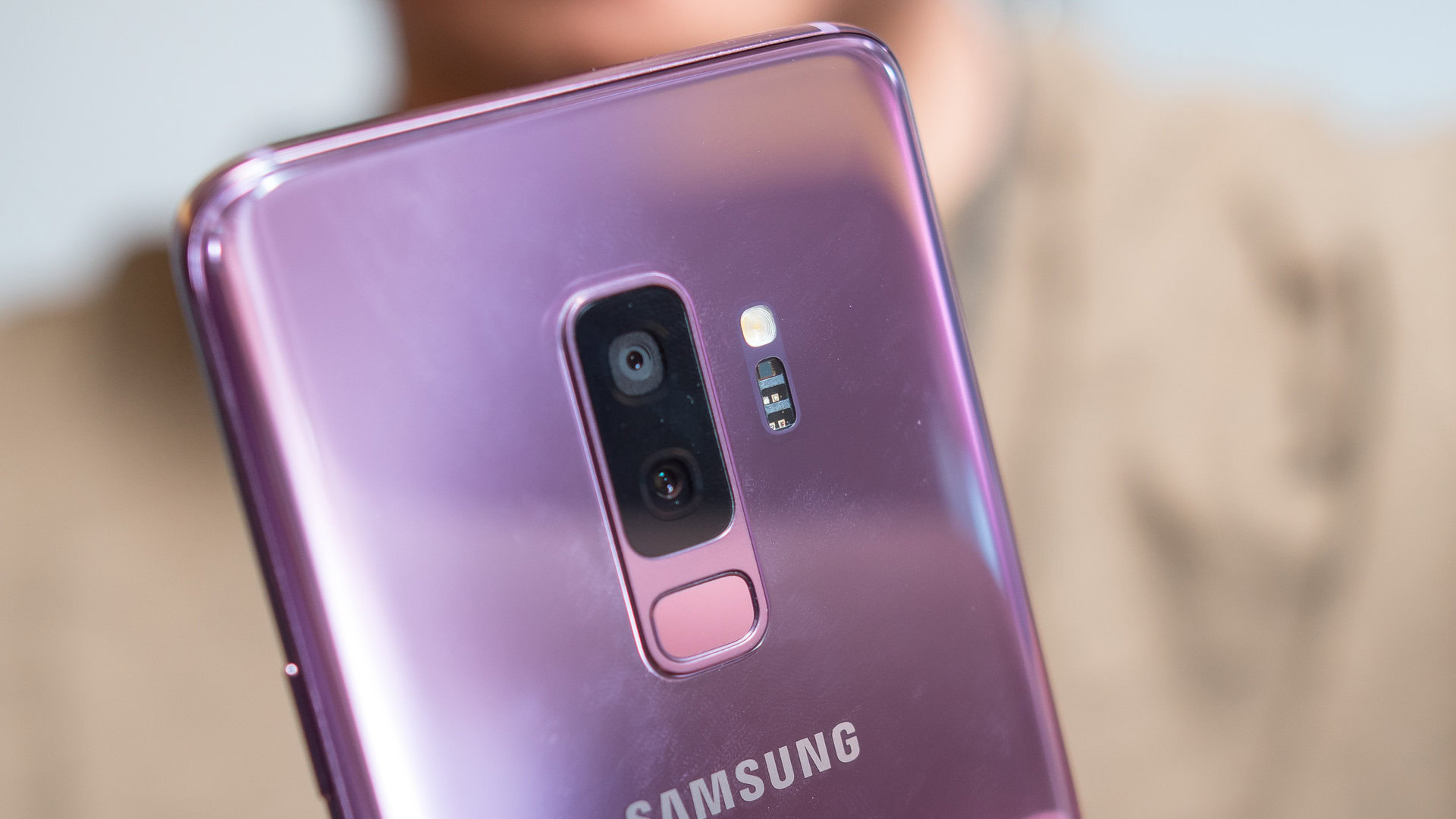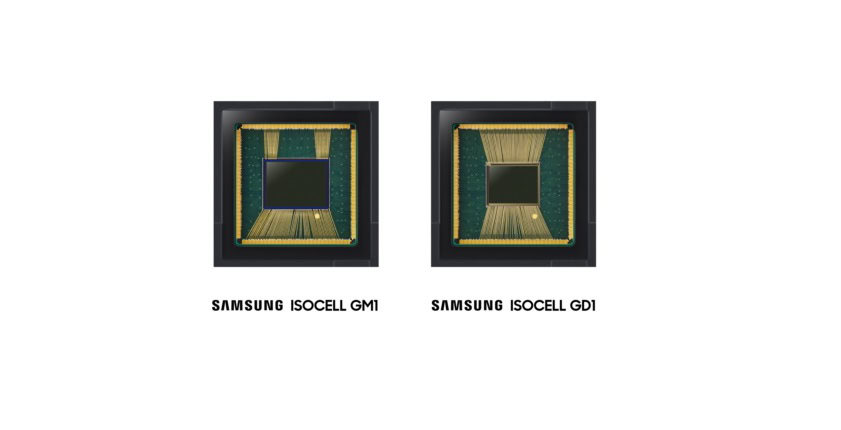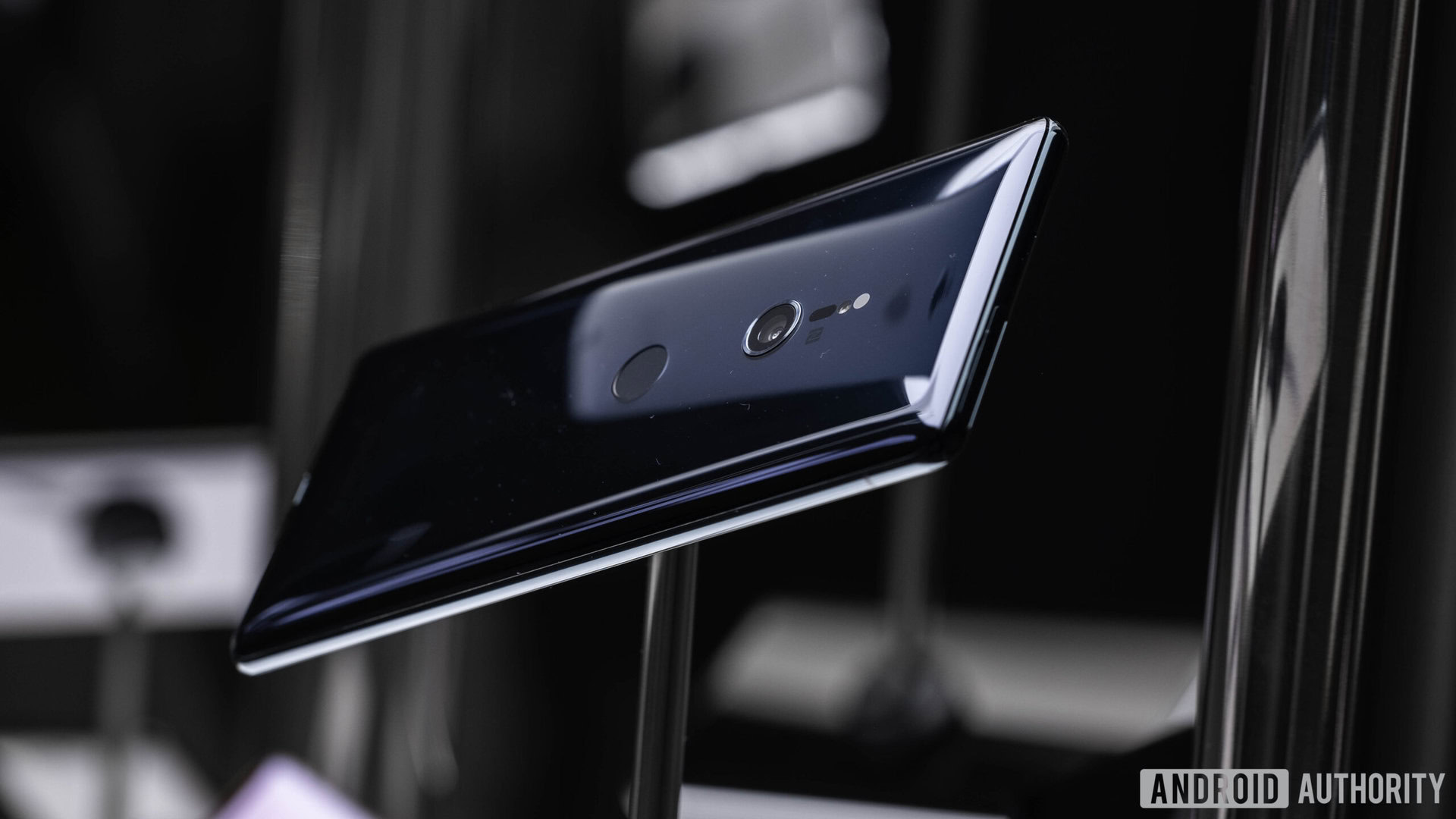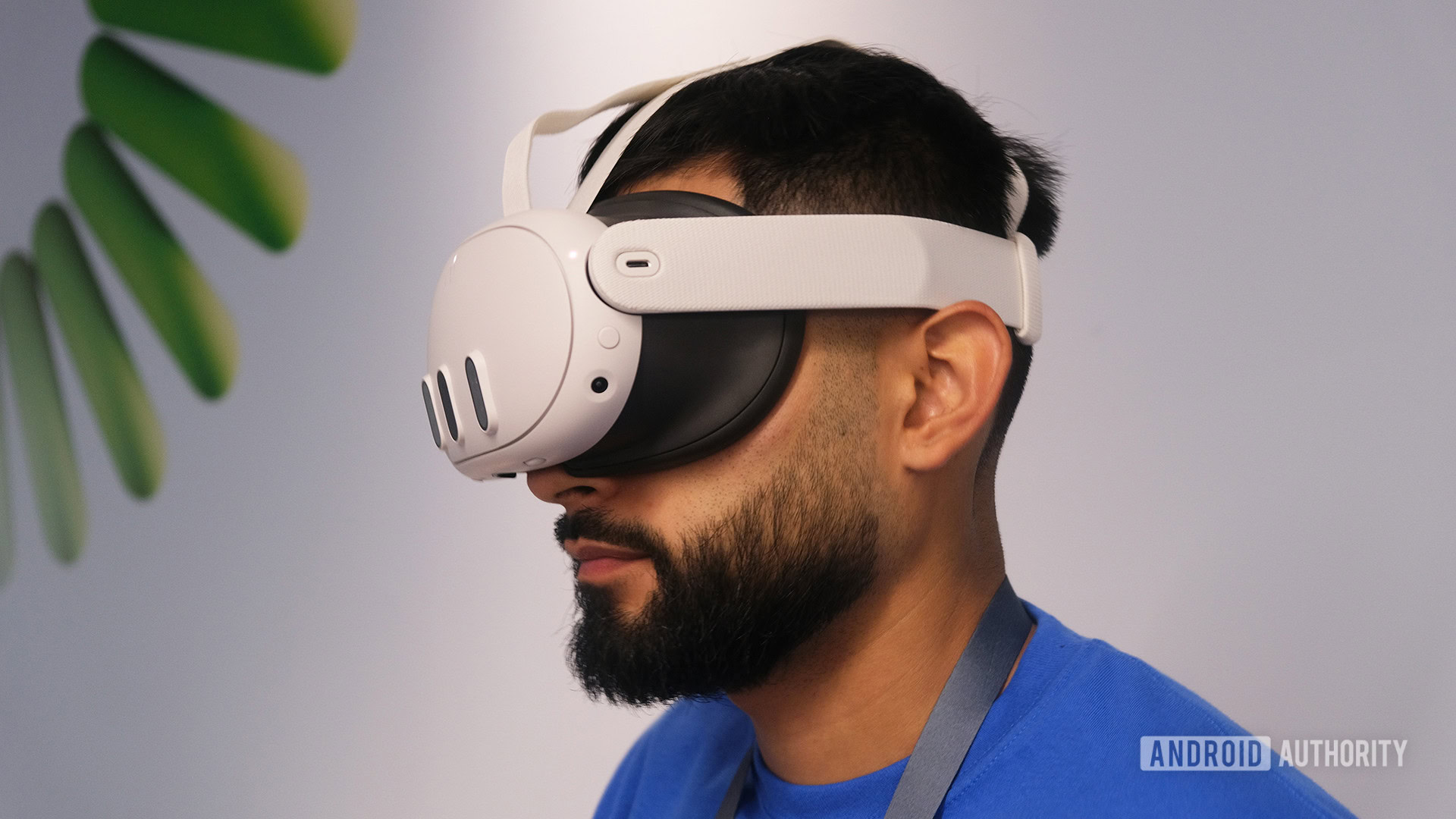Affiliate links on Android Authority may earn us a commission. Learn more.
First Sony, now Samsung — expect 2019 to be the year of 48-megapixel camera

- Samsung has announced two new smartphone camera sensors.
- The 48MP and 32MP sensors have a 0.8µm pixel size.
- As well as higher resolution photography, the sensors could offer improved low-light performance.
Samsung has just revealed two new camera sensors — a 48MP one and a 32MP one — expected to be used in its upcoming phones. Samsung anticipates mass-production to begin in the fourth quarter of the year, meaning the senosrs could potentially be in line for use on the Galaxy S10.
As well as a device from Samsung, it wouldn’t be surprising if phones from other manufacturers end-up with a 48MP sensor in 2019. Samsung has upped its production capacity of camera sensors and is known to sell its camera sensors to other brands including Xiaomi. Additionally, Sony — the biggest supplier of camera sensors for smartphones — recently announced a 48MP sensor of its own.
When these sensors make it to phones next year, the cameras that use the sensors will have a larger megapixel count than any previous Android device — even the HUAWEI P20 Pro and its 40MP sensor. By comparison, both the Galaxy S9 Plus and the Galaxy Note 9 have dual 12MP cameras, while the Galaxy A9 has a 24MP sensor.

The recently unveiled camera sensors are also notable as the size of each pixel is only 0.8µm. The Galaxy S9 uses a sensor with a pixel size of 1.4µm.
A smaller pixel size allows manufacturers to fit more pixels on a sensor that is a similar size to existing ones. The Sony one, for example, is only 8mm in size. In turn, this means manufacturers can add higher-resolution cameras to their phones without increasing the size of the camera module.
This has plenty of advantages. Manufacturers won’t have to make space for the sensor by removing other tech, such as the headphone jack (which it has been rumored even Samsung is considering). The smaller size of the camera module will also make it easier for OEMs to include higher resolution sensors in multiple camera setups.
One difficulty with making sensors with a smaller pixel size is that — using existing pixel isolation tech — each individual pixel would be unable to capture as much light. Isolation tech is important as it stops light bleed between pixels.

However, Samsung says it has countered this with its Isocell Plus technology. This tech replaces the metal barriers which surround the pixels on its older sensors with a new material developed by Fujifilm. It says this material reduces light reflection and optical loss to deliver “higher color fidelity” and a “15 percent increase in light sensitivity.” This should ensure there is no loss in performance — despite the smaller pixel size.
Meanwhile, Sony promises that its 48MP sensor will use a Quad Bayer color filter array where adjacent 2×2 pixels come in the same color to ensure that — despite the small size — the pixels will still deliver high sensitivity.
Both Samsung and Sony says the sensors will include tech that should offer improved results in low-light conditions. They will do this by merging four pixels into one, producing an image with a resolution of either 12MP or 8MP — depending on the sensor used.

Additionally, the Samsung 32MP sensor will get a real-time HDR feature which Samsung says could deliver improved HDR performance while recording or streaming video, even in low-light settings. The Sony sensor will allow 4K shooting at 90fps.
While this year we have seen smartphone makers improve their cameras by adding multiple lenses and fancy software tricks, next year could be all about phones with a high megapixel count.
Next up: All the exciting things phones could do with triple camera technology